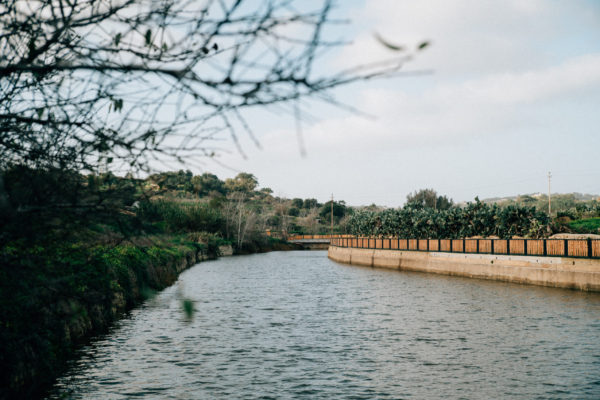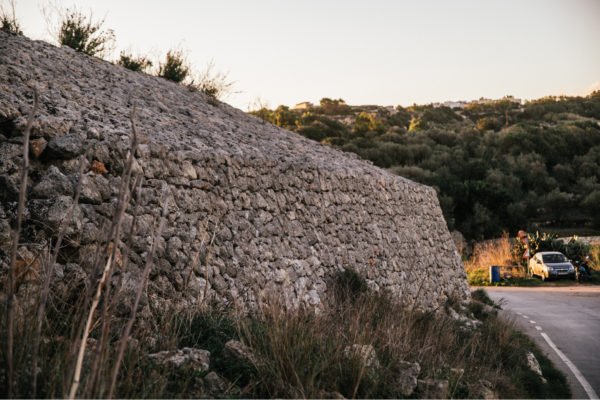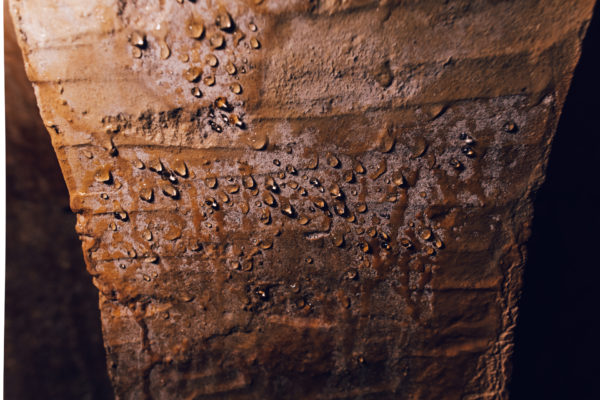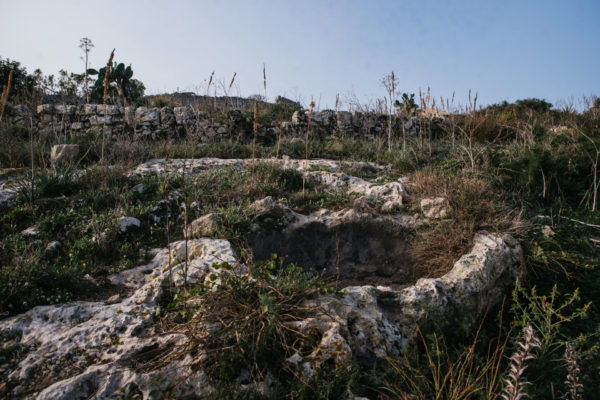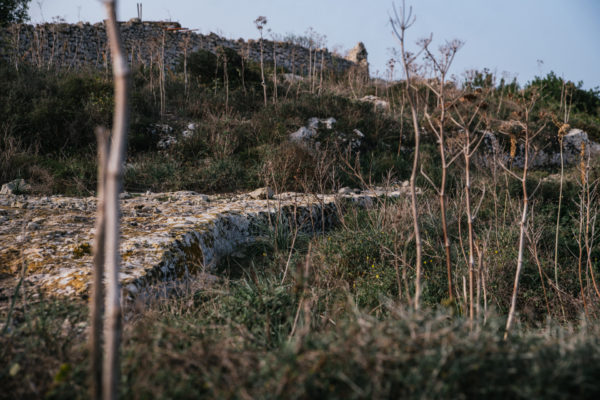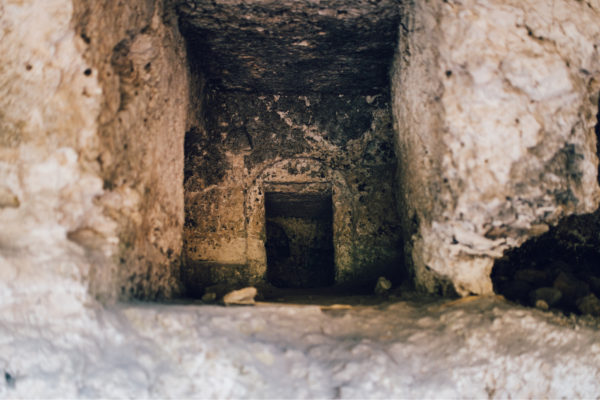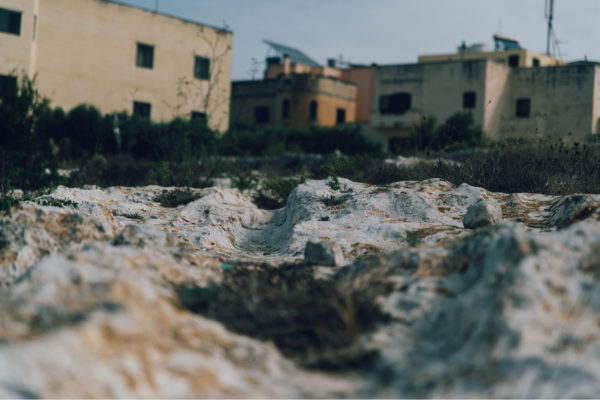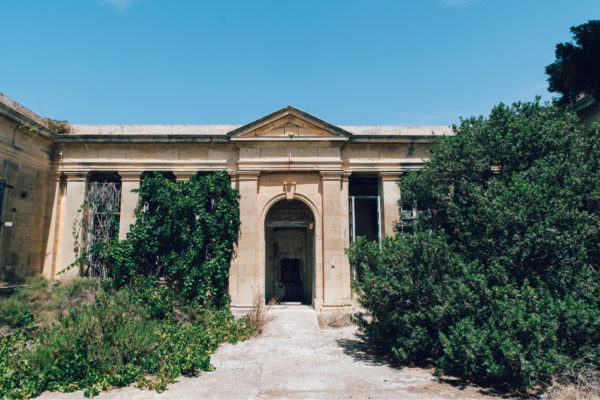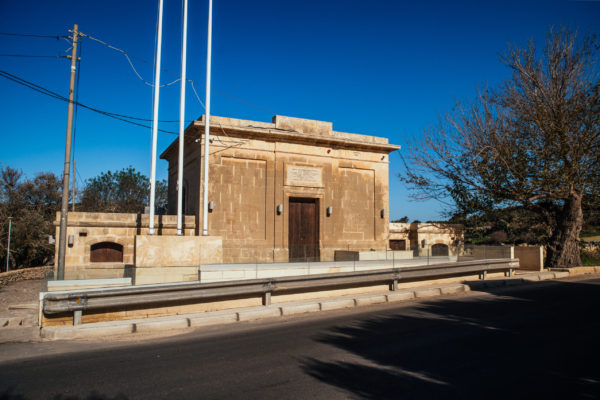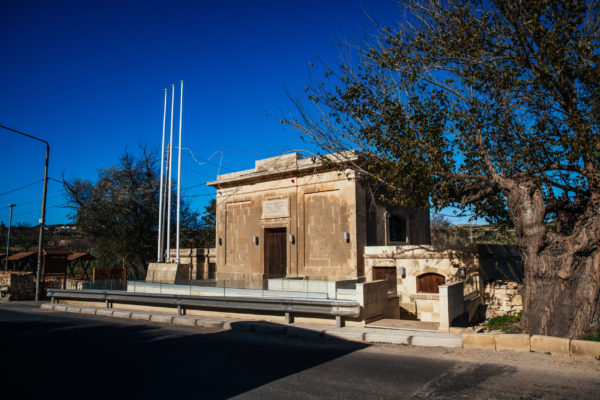
Bear’s breeches is a common herbaceous perennial plant found in the Maltese Islands. It is native to the Mediterranean region stretching from Portugal to northwest Africa and east to Croatia. It is one of the earliest cultivated (rhizomatous) plants. It has also been used in certain architectural and furniture decorative styles.
The average height of Bear’s breeches is 30 – 80 cm. long, 180 cm. during the flowering period. The shiny green leaves grow in deeply lobed basal clusters up to 40 cm. long and 25 cm. wide. The cylindrical inflorescence spike is 30 – 40 cm. long and can produce up to 120 flowers in good conditions.
The tubular flowers are up to 5 cm. long, whitish and lilac or rose in colour surrounded by 3 green or purplish bracts. This species flowers from early spring to early summer and is pollinated by bees or bumble bees that are large enough to force apart the upper and lower sepals reaching the nectar. The fruit is ovoid and contains 2 – 4 large black seeds; once ripe the seed coat bursts open and shoots out the seeds. These settle in the surrounding vicinity or are dispersed by wind once airborne.
Bear’s breeches can be found inhabiting a variety of habitat types including maquis, woodlands, valleys, shaded areas and sunny edges, however, today it is included in many landscaping designs. It generally grows in large localised clumps propagated from its rhizome.
In humid and shaded conditions Bear’s breeches can be found in vegetation across all the year, however, in more exposed areas to sunlight it generally dries out. Following the first rains of autumn the underground rhizome will start to regrow the vegetation in preparation for the following flowering period.












